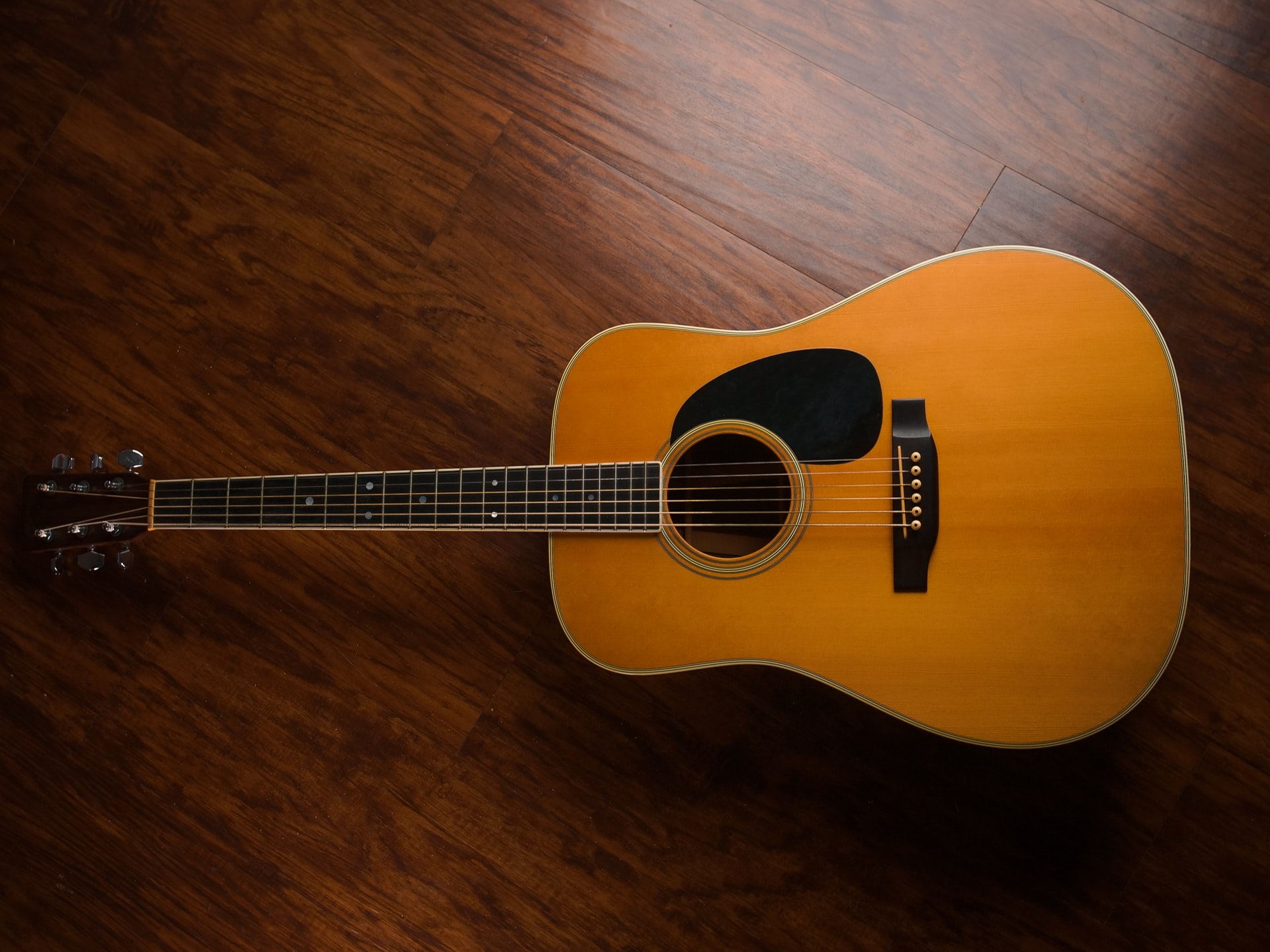When you think of the guitar, you probably think of rock stars strumming loudly in front of crowds, and little else. But in reality, there is a lot more to the guitar than electric guitars and thrashing chords. The acoustic guitar is an instrument that has been around for hundreds of years-and if we weren’t distracted by louder sounds all the time, we might be able to appreciate this classical instrument more.
This Matamat blog post will introduce a modern introduction to the acoustic guitar and how it has evolved with our changing culture. With this knowledge, maybe one day soon you’ll be able to appreciate both types of guitars-loud or quiet!
For hundreds of years the acoustic guitar has been a favorite instrument for artists like Beethoven and Mozart, and it’s not hard to see why. It is a fairly simple instrument that a beginning player can learn quickly and use for years. It is also quite versatile, and can be used in many different musical styles (not just classical or country). Finally, because it is a quiet instrument, it is often used in groups or with other instruments (i.e., not rock stars on stage).
Nowadays, most people think of acoustic guitars as being a softer, softer version of a classical guitar. Because of this, many people do not know that there are actually two different types of guitars-an acoustic and an electric guitar. In this blog post, we’ll cover the differences between the two instruments.
First off, let’s get the names straight-the acoustic guitar is technically called an “acoustic-electric” guitar because it combines the sound of both. The names come from when pickups were first attached to it for amplification purposes in order to compete with other electric guitars. You can think of an acoustic-electric guitar as just a normal acoustic guitar that has been modified.
However, the acoustic-electric guitars that are popular nowadays do not actually have any amplification modifications anymore. Most of them are designed to be played in a concert setting, with no other instruments accompanying it.
Now, let’s take a look at some of the physical differences between an acoustic and an electric guitar. Obviously, if you’re going to distinguish between the two by sight alone (which is often the case), you will see that the electric guitar looks much different than it’s acoustic counterpart. Because of this, we’ll use a material charting of the differences so that physically different guitar players can see how they are different.
Note: For those of you who are curious about the acoustic guitar and would like to learn more, click here for my guide on buying an acoustic guitar.
Material: The Electric Guitar
The difference between an electric and an acoustic guitar is quite obvious once you look at them (at least to someone with a basic understanding of materials). The electric guitars used today have all kinds of crazy bits and pieces attached to it. Unlike classical guitars, they use lots of metal parts. This allows them to produce much louder sounds than their acoustic counterparts because there is much more metal in the design.

